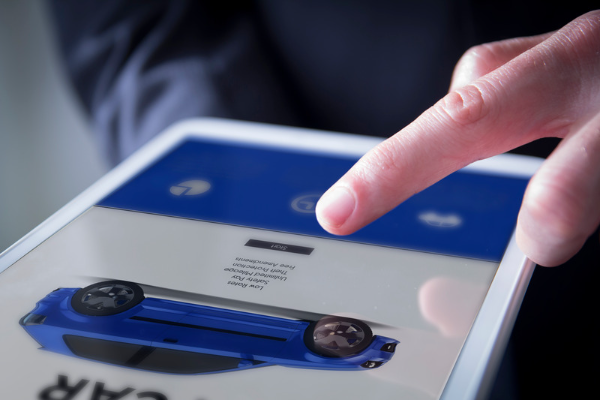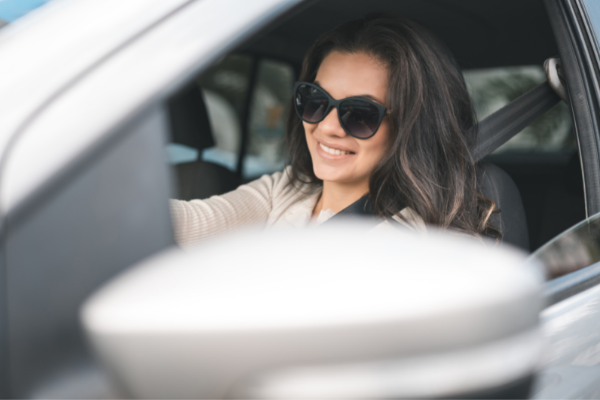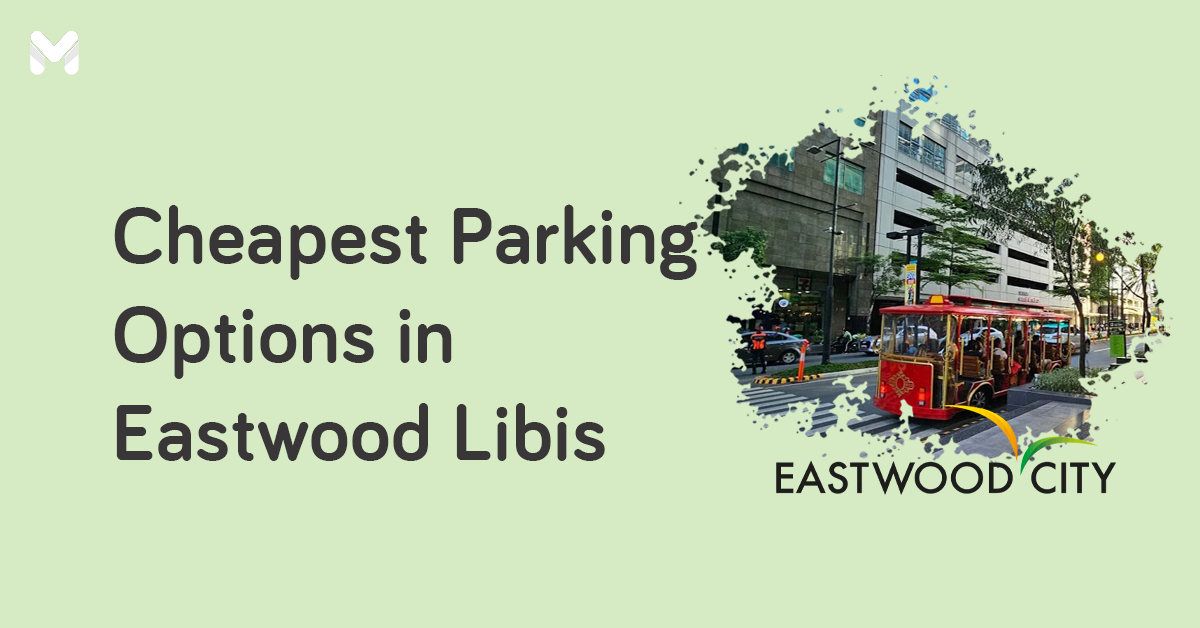You've decided to purchase a used car, and you've started to hunt for the right one. The next steps will be a lot more challenging than the car buying decision.
Of course, you want a vehicle at the lowest price in the best condition possible. Just because you're buying a used car doesn't mean you'll settle for a huge piece of junk, right?
Buying used cars provide value for money. However, purchasing a secondhand car is more difficult than getting a brand-new one. You have to be very meticulous and careful when buying a pre-owned vehicle whose condition is not up to par with its brand-new counterpart.
11 Tips for Buying Used Cars Online or from a Dealer or Private Seller
It's trickier to buy a used car than a brand-new car because you can never be 100% sure about its condition or history. But knowing what to check when buying a used car and knowing the best tips for buying one can save you the headache and the money.
Here are some helpful tips on how to buy a used car in the Philippines:
1. Research Your Options Extensively

Before looking for used cars for sale and contacting sellers, make sure you arm yourself first with enough knowledge about the used car model you want to buy and its price range.
Check out the second-hand car listings on classifieds in newspapers and websites to know how much your preferred model costs. Not sure where to buy used cars online? Make sure to check out sites like AutoDeal, Carmudi, Philkotse.com, Philmotors.com, Zigwheels.ph, or Carousell for the best deals.
Compare all the cars in your mind with your budget. Check your prospect’s specifications, variant, and model. This way, you can trim down all your options and just stick to the car you really need and want.
Read reviews on your desired car. Listen to what others have to say, especially those who have first-hand experience buying a second-hand car in the Philippines.
If you’re looking for used cars online, check out what netizens have to say about a certain car for sale ad. Most of the time, they give out the information you’re looking for.
You can also ask for pointers and leads from your friends and colleagues who bought a pre-owned vehicle. Join forums, especially the ones that focus on your target make or model, and ask questions.
2. Compare Used Car Prices
As you browse through different buy-and-sell websites, make a price comparison of the model you want to buy. Also, check out the specs of the lowest-priced units—they might have higher mileage or they might be older year models. This is one of the most important tips on how to buy a used car in the Philippines.
Planning to purchase a second-hand car through an auto loan or a personal loan? Compute first how much you'll be paying for the interest and compare how much it will cost you versus paying the full amount in cash.
3. Set a Reasonable Budget
On top of the car's purchase price, set aside an amount for the repair and replacement costs that will prep it for the road. TopGear columnist Andy Leuterio recommends allocating at least 20% of the used car's price.[1]
For example, set a budget of ₱100,000 for fixing a second-hand car worth half a million pesos. This way, you'll spare yourself the stress of taking out cash from your wallet each time a component of your newly purchased vehicle breaks down.
4. Check the Mileage
During your research, focus not only on the prices. The cheapest used cars aren't necessarily the best ones to purchase—they typically have higher mileage.
How important is mileage when buying a used car? The higher the mileage is, the older the vehicle is. The older it is, the more damaged or worn-out parts you have to replace.
What is the maximum mileage to buy a used car? Avoid vehicles with a mileage higher than 60,000 km because these units' parts are likely to be worn out. So be sure to check or ask for the details on the mileage of the car you're considering buying.
To verify a car's mileage, pay attention to the pedals and steering wheel during your vehicle inspection. Their condition can speak volumes about the real age of the car.
5. Check the Second-Hand Car Thoroughly for Red Flags
Never agree to buy a used car without doing a thorough inspection yourself.[2] Be as meticulous as possible—check not just the body but also every nook and cranny. Look for red flags that indicate that the car has been involved in an accident or flooding.
Some warning signs to look out for:
- Filler on the engine block
- Inconsistencies in the paint quality
- Touch-ups that cover scratched or bent parts
- Components that don't work properly
- Mismatched tires
Make sure to inspect the vehicle in broad daylight and in good weather. Not confident with your vehicle inspection skills? Bring a trusted mechanic with you and let him do the job for you.
6. Dig Deeper into the Car's History
The biggest risk of buying a second-hand car is its history. It may have been stolen, involved in a crime, met an accident, or flooded.
How will you know about the service history of a pre-owned vehicle? This is important when learning how to buy a second-hand car.
To protect yourself from getting scammed, here are some ways to find out if a used car has a bad history.
- Check the car's Certificate of Registration (CR) and Original Receipt (OR). Make sure that the vehicle details on these documents are consistent and correct. The seller or former owner of the unit should provide a copy to you.
- Verify if it has a bad record in the LTO. Text LTO<space>VEHICLE<space>PLATE NUMBER to 2600 (e.g., LTO VEHICLE ABC123). This text service will send you relevant details about the vehicle, such as its year, make and model, registration date, color, and if it has any LTO apprehension or alarm.
- Ask for the anti-carnapping clearance issued by the PNP Highway Patrol Group.
Keep the original copies and have multiple photocopies. Always ask for a receipt or any paperwork with all the seller’s full details on it. Sign a Deed of Sale and have it notarized. For transfer of ownership, bring the car to Camp Karingal for macro-etching and secure a PNP clearance.
7. Never Skip the Test Drive

Sometimes, you don’t get what you really want when you see used cars for sale ads online or talk to the seller or dealer on the phone. It’s best to meet the seller or sales agent and see the vehicle in person.
Ask if the car has any records of accidents or major repairs such as transmission rebuilds, valve jobs, or engine overhauls.
Did the car pass your visual inspection? Good! The next step is test-driving the unit.
Insist on driving it for a test—if the seller refuses, just walk away. You don't want to waste your hard-earned money on a vehicle that's cheap but will cause you headaches in the long run. Refer to this full downloadable checklist[3] when test-driving a second-hand vehicle.
8. Negotiate a Fair Price
You'll get great deals when you ask for it. Put yourself in the seller's shoes. Wouldn’t you put a higher price at first because you’re familiar with this buying phase? If not with the price, negotiate with the car add-ons like car insurance and accessories.
A full inspection and test drive should give you an accurate idea of the used vehicle's condition. With that information, come up with a price to negotiate with the seller. Raise your chance of getting a lower price by pointing out the red flags you discovered while inspecting and test-driving the vehicle.
9. Check the Documents for Buying a Used Car
Make sure that the car you plan to buy is clean. Check these documents with the seller to avoid inconvenience upon purchase of the secondhand vehicle.
- Original copy of Certificate of Vehicle Registration (CR) - This will prove that the car is registered and has no unsettled police reports or unpaid fines.
- Original copy of Receipt of Registration (OR) - Ensure that the receipt is consistent with the details on the Certificate of Vehicle Registration.
- Original LTO plate number - Check the plate number of the vehicle. It should have the sticker of the current year of registration. For cars with new license plates, check the sticker placed inside the right side of the windshield to know if it's registered with the LTO.
- Notarized Deed of Sale - Have a deed of sale ready before paying for the vehicle. This document will protect you. Without this, the transaction becomes null and void.
10. Make Sure Everything is Complete
The vehicle handbook should be there in the glovebox. You should also ask for the spare keys. Plus, the original jack, set of tools, repair kit, and spare tire.
All these things cost a lot of money if you'll buy them yourself, and they should come with the vehicle if the owner is selling it off.
11. Don't Forget to Insure the Car
If your newly purchased second-hand car doesn't come with an insurance plan or its policy has expired, you'll have to buy one on your own before you take it out for a spin.
Used cars, like brand-new ones, aren't exempt from accidents that can drain your money if yours isn't insured.
Related reading:
- 10 Best Sedans in the Philippines for 2023
- Upgrade Your Ride: 14 Best SUVs in the Philippines for Every Budget
- Save While Driving: 23 Most Fuel-Efficient Cars in the Philippines
Final Thoughts
Buying used cars in the Philippines seems like a tedious process, but it can be pretty manageable if you know how to buy a second-hand car wisely.
Aside from being prepared for the used car purchase process, you have to be ready for the cost as well. Need extra funds to buy a used car? Consider financing it with a personal loan. Here are your best options. Get the best deal when you compare and apply for a loan through Moneymax!
Sources:
- [1] 10 Tips for Secondhand Car Buyers (Top Gear Philippines)
- [2] Inspecting a Used Car (Consumer Reports, 2021)
- [3] Used Car Test Drive Checklist (Balance Pro)







_1200x350.png?width=751&height=219&name=UB_PL_Generic_2_(Jan_2025)_1200x350.png)



